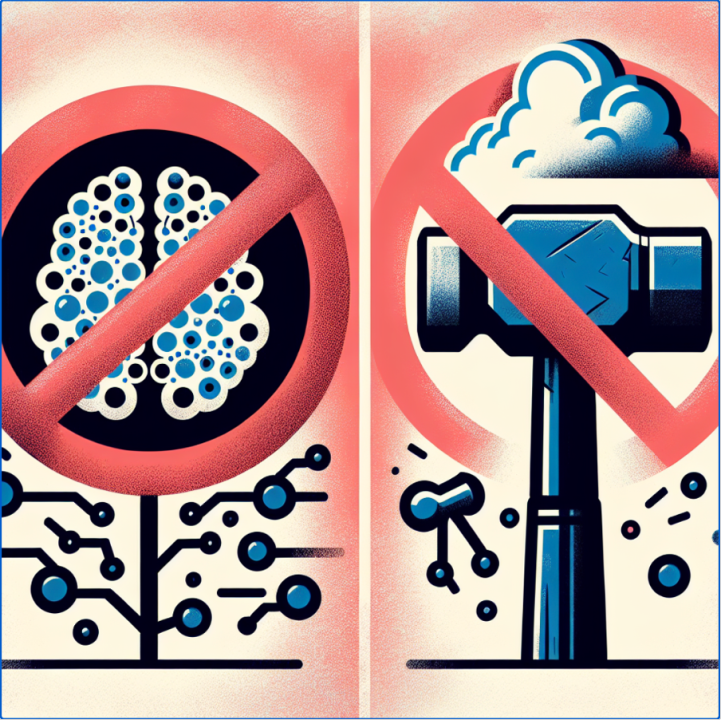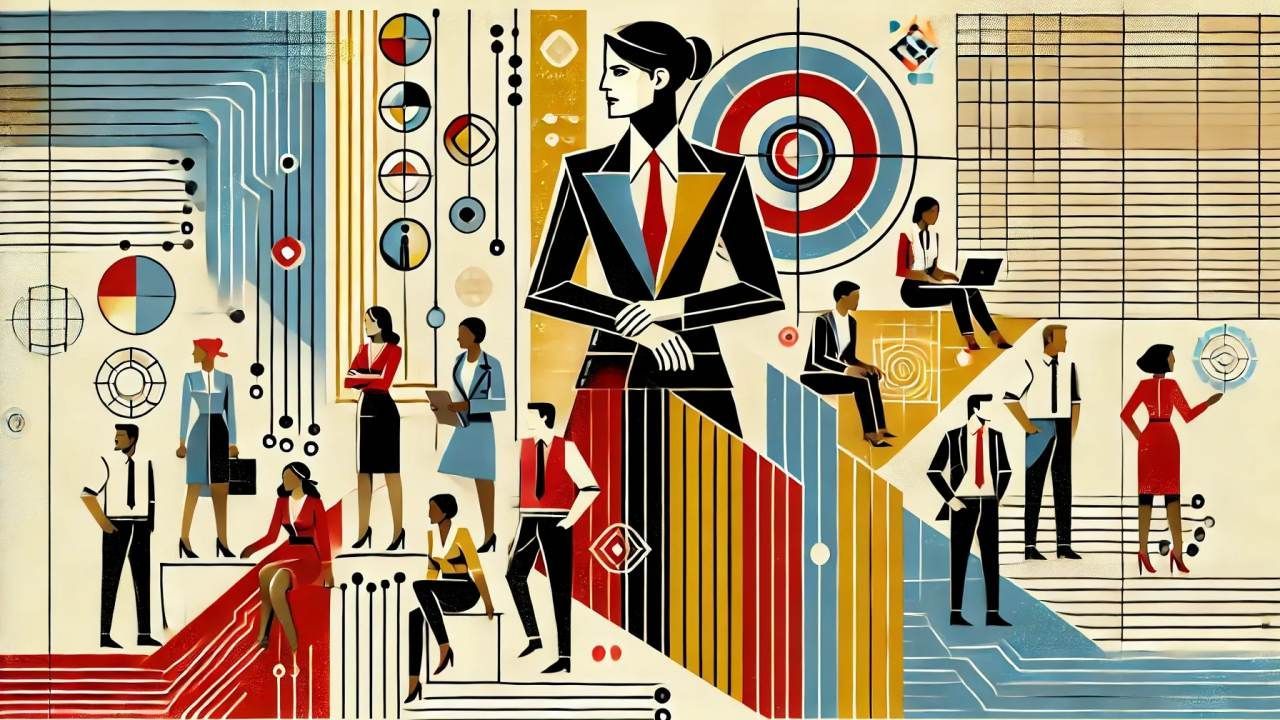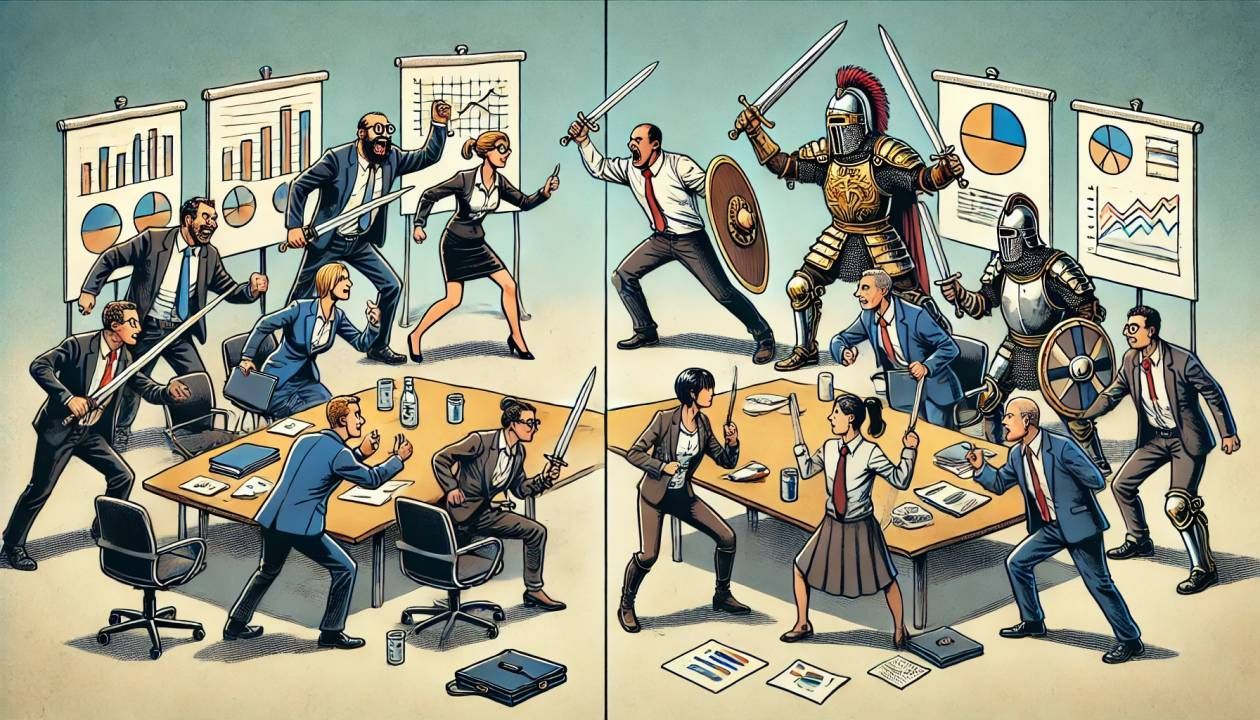Get in touch

I was lucky enough to drop by both the techUK and CIPD Festival of Work events this week, both excellent, and certainly will be heading back next year. As you'd expect other than the space race for more elaborate stands (my favourites being mini golf and seeing my terrifying realistic holographic digital twin), AI presentations, demos and chat were everywhere, particularly GenAI.
Speaking to a few of people at the events though, including some vendors, it struck me that there was increasingly a misconception or association that AI means Gen AI. Now this won't be helped by the likes of the Apple product launch this week including Gen Ai across it's products (I can't wait to generate my own emojis....) but its worth taking a step back just to look at what Gen Ai is useful for in an HR context and where it isn't. The same was true a few years ago when every new product needed machine learning as part of a core offering.
GenAI and tools like Chat GPT are often lauded for their ability to generate human-like text and streamline various tasks. However, it’s crucial to remember that generative AI is just one type of AI among many. The field of AI is broad, encompassing diverse techniques such as rules and heuristics, optimisation, simulation, data visualisation, and non-generative machine learning.
As an HR team do I really need to know?
Well, yes! As we will see having transparency is key and not all AI is equal or appropriate, and while our trusted software vendors and partners will be focused on delivering new AI capabilities in the coming years, it's crucial to delve deeper to gain a better understanding also as it will become apparent there is still preparation and thought as to how to deploy it rather than just switching it on. So for HR professionals and business owners, knowing when not to use generative AI—and considering alternative AI approaches—is essential. Here’s why:
The Limitations of Generative AI
Context-Specific Solutions
Generative AI excels at producing text based on patterns in large datasets. It’s perfect for drafting emails or generating content ideas. However, it falls short in specialised contexts where domain-specific knowledge is crucial. For instance, making complex HR decisions based on nuanced employee data might require a more tailored approach, such as rules-based systems or simulation models.
Accuracy and Reliability
Generative AI can produce impressively coherent text but may sometimes generate plausible-sounding yet incorrect information. This is a significant limitation in scenarios where accuracy is paramount, such as compliance and legal documentation within HR. In such cases, a combination of data visualization and non-generative machine learning might offer more accurate insights.
Lack of Explainability
One of the critical drawbacks of generative AI models is their "black-box" nature. They offer little insight into how they arrive at specific outputs. For HR teams needing transparency is paramount in decision-making, especially in regulated industries. Rules and heuristics-based systems provide a more explainable and trustworthy alternative.
Alternative AI Approaches

Rules and Heuristics
Rules-based AI uses a set of predefined rules to make decisions. This approach is highly effective in areas requiring clear, unambiguous outcomes. For example, HR professionals can leverage rules-based systems for automating leave approvals or policy compliance checks.
Optimisation
Optimisation AI focuses on finding the most efficient solution to a problem. This can be invaluable for business owners looking to streamline operations, reduce costs, or optimise resource allocation. In HR, optimisation algorithms can help in workforce planning and scheduling.
Simulation
Simulation models create virtual environments to test different scenarios. This method is beneficial for strategic decision-making and risk assessment. HR departments can use simulations to anticipate the impact of policy changes or to prepare for crisis scenarios.
Data Visualisation
Data visualisation tools translate complex datasets into visually comprehensible charts and graphs. These tools are indispensable for business owners and HR professionals who need to make data-driven decisions quickly. Visualisation makes it easier to spot trends, outliers, and patterns that might be missed in raw data.
Machine Learning and Non-Generative Machine Learning
Machine learning (ML) involves training algorithms to recognise patterns and make decisions based on data. Essentially, machine learning enables computers to learn from experience without being explicitly programmed. Companies can leverage machine learning algorithms to enhance their recruitment processes significantly. For instance, by analyzing vast amounts of candidate data, such as resumes, cover letters, and social media profiles, machine learning models can predict which candidates are most likely to succeed in a given role. These algorithms can grade applications based on a set of predefined criteria.
Non-generative machine learning, specifically, refers to models that do not generate new data but rather focus on classification, regression, clustering, and similar tasks. These models are designed to predict outcomes based on existing data rather than creating new entities or samples like generative models do. In HR, these models can be employed to streamline recruiting processes by predicting candidate success, analysing employee satisfaction surveys, and identifying potential talent gaps. Additionally, non-generative ML models can assist in performance management by identifying key performance indicators and trends over time.
Takeaways
While generative AI like ChatGPT offers remarkable capabilities, it’s not a one-size-fits-all solution. In HR as we continue to up skill in the fast paced world of AI, we must be mindful of its limitations and consider alternative AI approaches tailored to specific problems and contexts and be able to interrogate further rather than just accepting it's a 'black box'.
Remember, "when all you have is a hammer, everything looks like a nail." By diversifying your AI toolkit beyond Gen AI and importantly knowing when not to use it, you can ensure more accurate, reliable, and context-specific outcomes for your business and employees.
If you’re interested in learning more on how to prepare or rethink how AI could be part of your broader HR transformation then do
get in touch.

